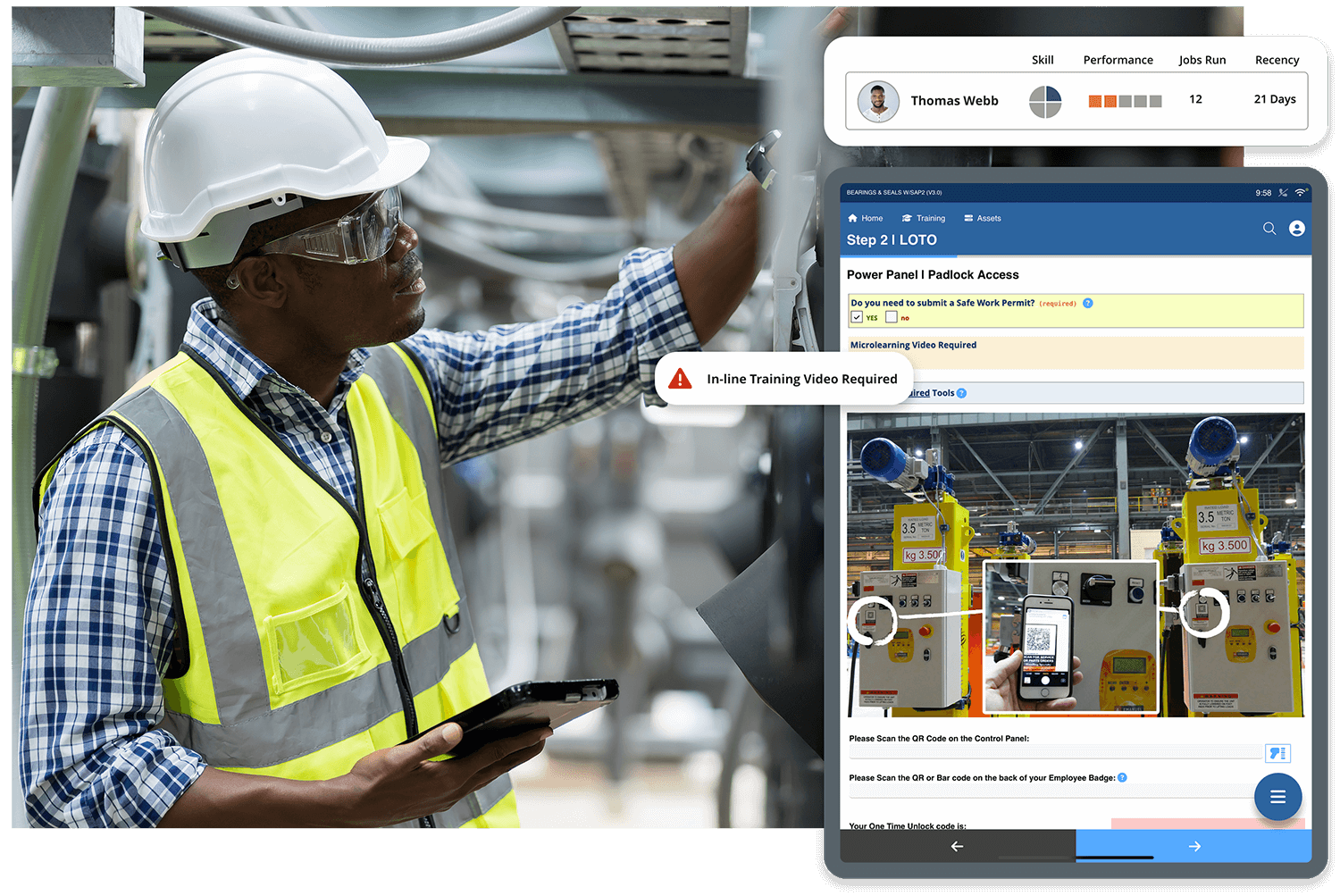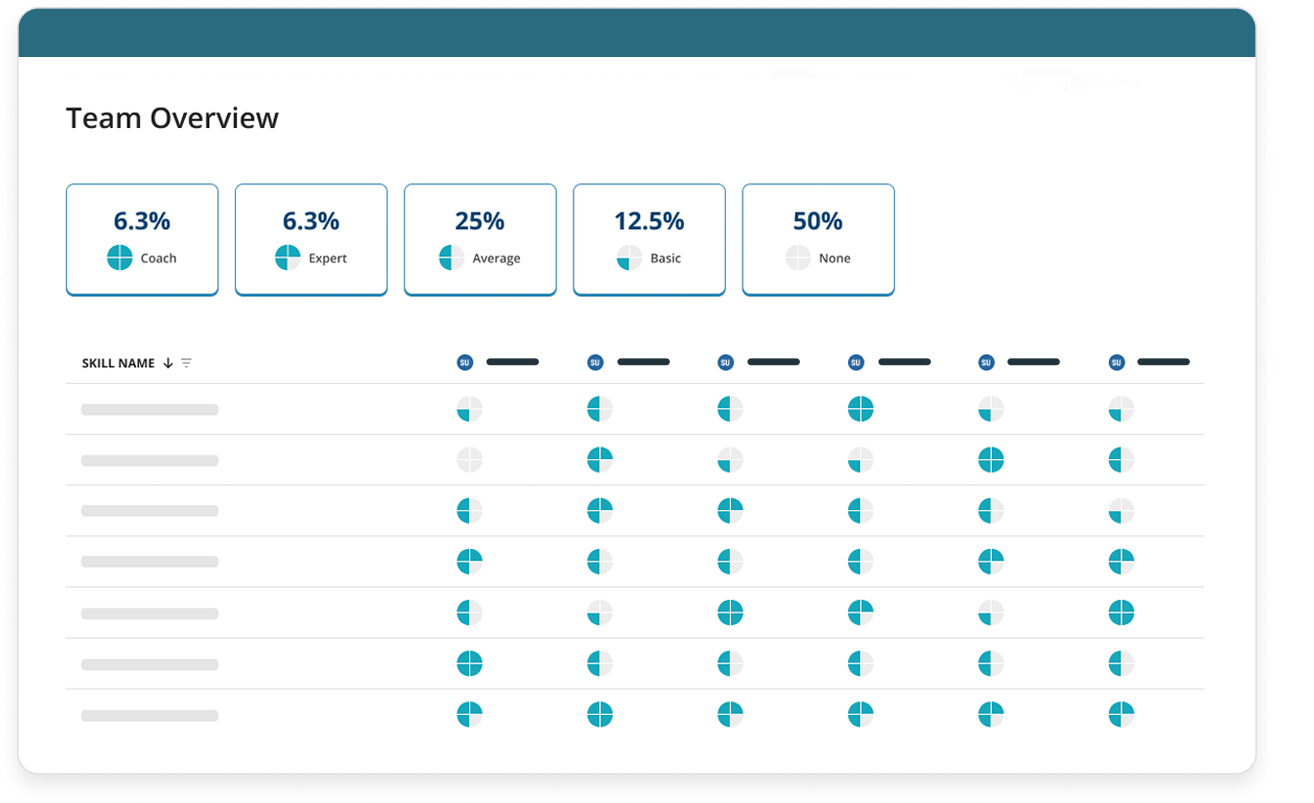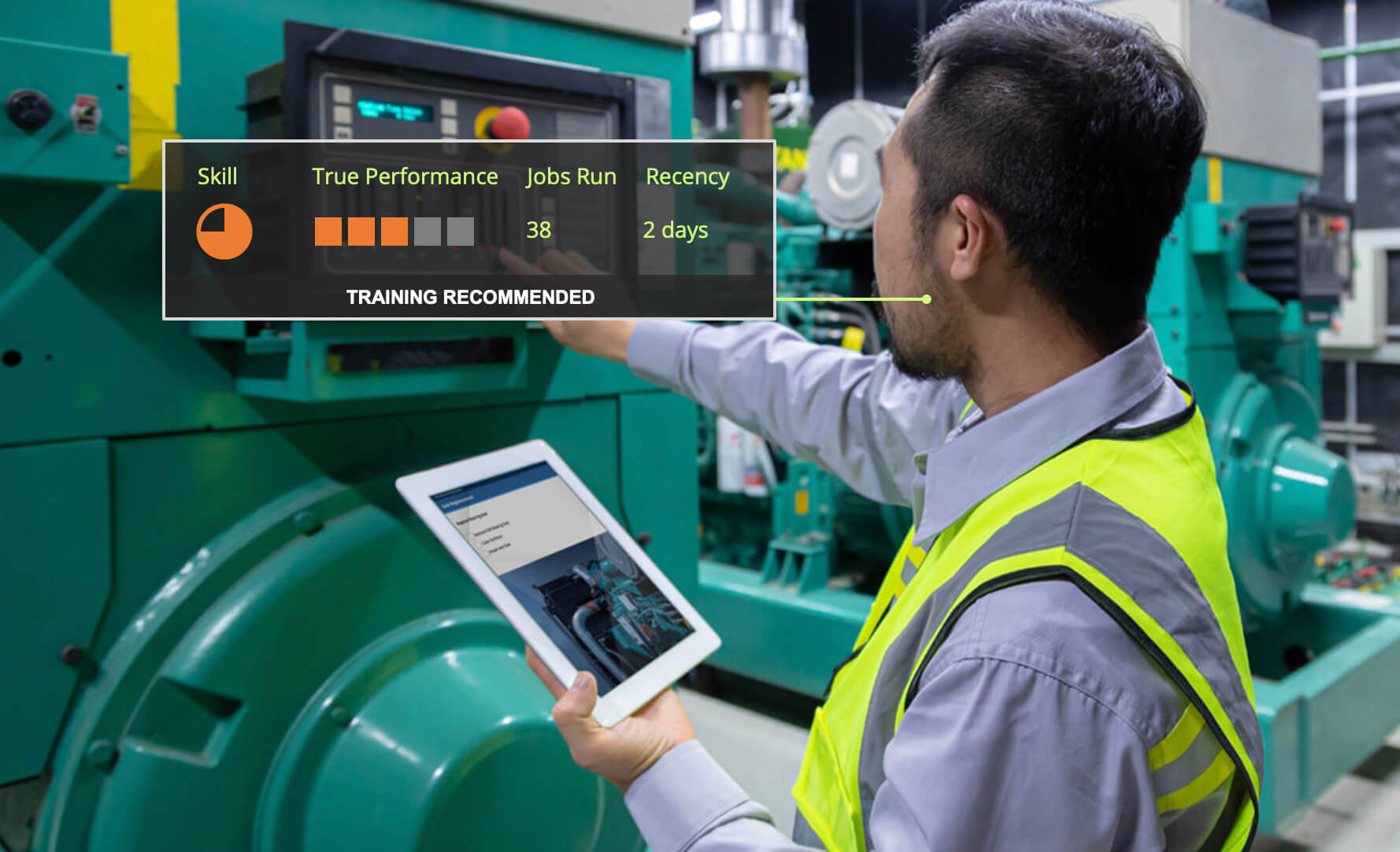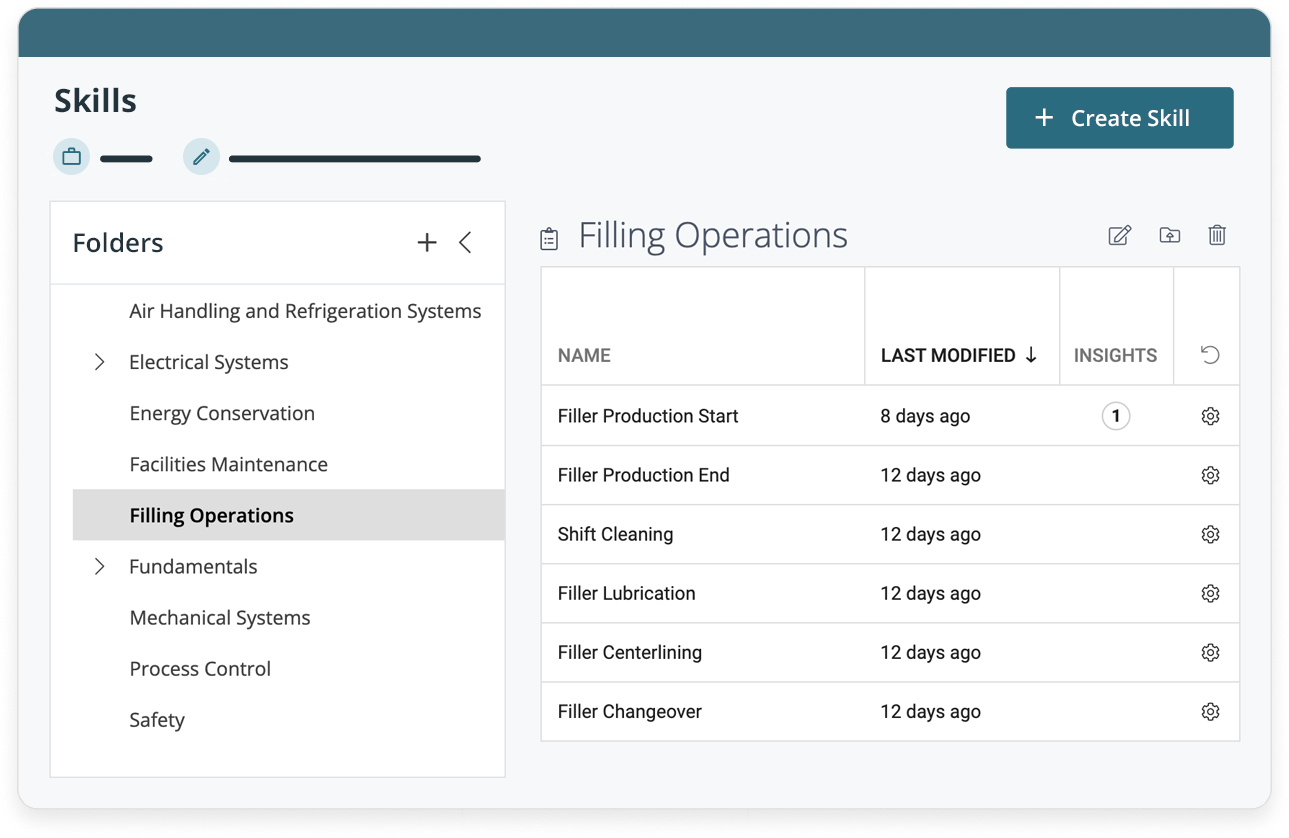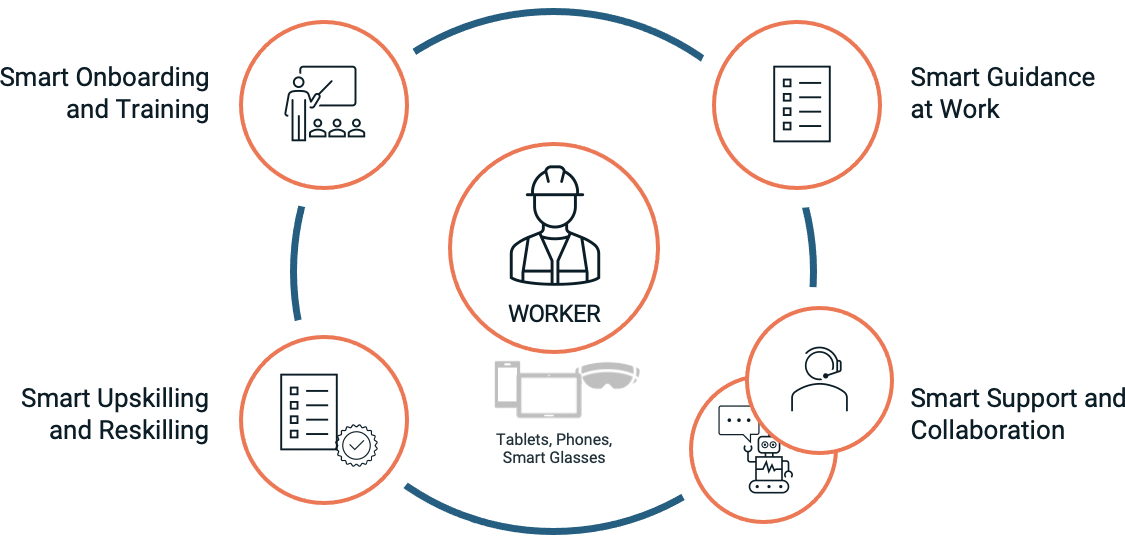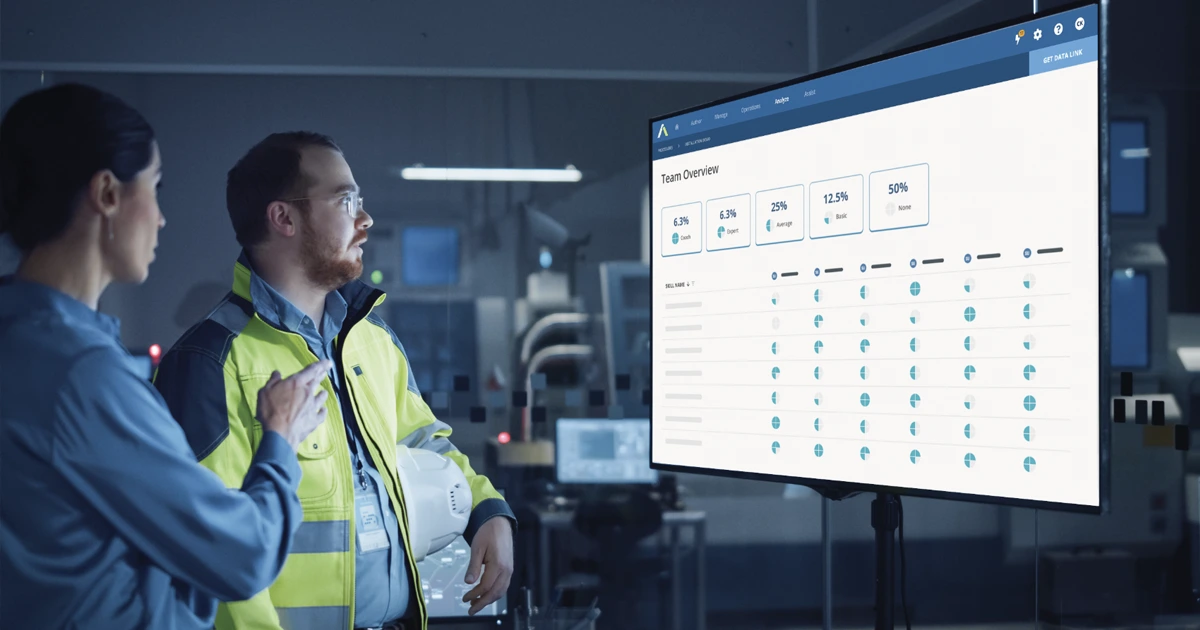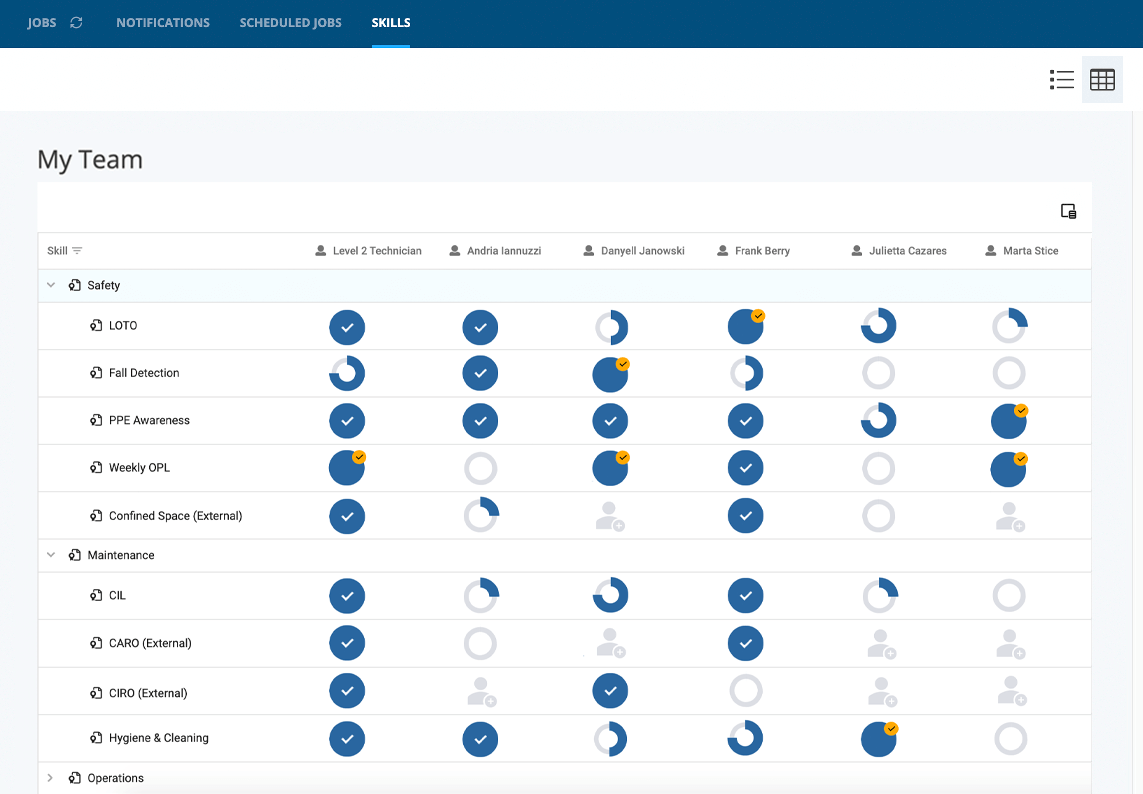Augmentir’s take on the trending Workforce Institute’s staggering survey numbers.
Employee onboarding is crucial to any organization. It’s even more important in manufacturing, where workers have to understand complex operating procedures and accomplish tasks in a timely manner.
An employee’s first impression of a workplace can set the tone for their entire experience with the company. An engaging and informative onboarding process can improve job performance by setting up workers for success.
Plus, an employee is more likely to speak highly of the business they work for if they see themselves as a valuable member of the team.
If want to improve your manufacturing employee onboarding process, explore this article that goes over the following:
- What is employee onboarding?
- How is onboarding different than employee orientation?
- How to effectively onboard new hires
- Why onboarding is important in manufacturing
- Optimizing onboarding with connected worker technology
What is employee onboarding?
Employee onboarding is the process in which new hires are integrated into a company. It involves training activities, a new-hire orientation, and learning about the business’s structure, culture, mission and values.
Finding the right candidate for a position is the first step to building a successful team. Onboarding that new employee is the most important next step. Done right, this process can set the precedent for a productive, content and even excited worker.
The two main goals of the first day of onboarding should be to set clear employee expectations and introduce their objectives. Workers should know what their job duties and responsibilities are from the get-go.
How is onboarding different from employee orientation?
Onboarding is often confused with employee orientation. Orientation usually involves completing necessary paperwork, while the onboarding process is comprehensive and can last for months.
Employee orientation is a one-time event. Its purpose is to welcome new hires to a company and introduce a checklist of mandatory tasks to complete such as filling out forms.
Employee onboarding, meanwhile, consists of completing a series of activities, including orientation. It includes training over a longer period of time to help workers learn more about their roles, their teams and how their jobs relate to overarching company goals.
Both onboarding and orientation are critical aspects of introducing employees to their new work environment. They also complement each other in improving employee engagement.
How to effectively onboard new hires
Investing time in your workers is one of the best ways to retain employees and boost productivity.
A new hire’s first few weeks are some of the most important in setting up expectations and building their personal investment in your company.
Go above and beyond and you’ll reap the benefits. Overlook the onboarding experience and you could have unsatisfied employees.
Here are five ways to effectively onboard new hires:
Step 1: Create a worker playbook.
Start by giving a general overview of your business, including your mission, values and perks. Some things to include are:
- Your customers and stakeholders
- Work culture and expectations
- Team members/employees
- What company success and growth look like
Step 2: Set 90-day goals.
Giving new hires direction and actionable items from the start is important. Identify some goals to work towards to give employees the confidence to excel in the company.
Be sure to provide any resources they will need and connect employees with other workers who can help them. Having a clear plan will make it easier to track goals and collaborate with workers along the way.
Step 3: Set a time to meet and provide feedback.
Set aside time to meet with new hires to provide feedback and ask how they are doing. This can foster connectedness and engagement between you and your employee.
This also gives you the opportunity to learn more about your workers and address any concerns they may have.
It also lets you elicit employee observations of the company and its processes, which can be insightful. A new hire may offer ideas that people invested in the current paradigm wouldn’t think of.
Step 4: Outline schedule and job duties.
It’s crucial to set consistent work schedules to ensure productivity. Loose or frequently changing schedules can lead new hires to think your organization is disorganized.
Further, outlining job duties (such as required skills) can also give employees a sense of direction and ensure they have plenty to work on.
Consider digitizing your onboarding and training program to help accelerate the overall onboarding schedule and get your employees productive faster, and build a program that incorporates the following:
- Job expectations
- Performance evaluation
- Role shadowing
- Training opportunities
- HR meetings/employee documentation
- Compliance training
- Ongoing assessment through quizzing
In time, new hires will have a better idea of their workload and how to create and execute their own daily task lists.
Step 5: Set up continuous learning opportunities.
The best results from onboarding come months after the process is over. That’s because setting up continuous employee learning opportunities fosters professional development.
A worker can take everything that they learned from the onboarding process and apply it to their day-to-day tasks. Give workers the support and guidance they need, at the moment of need, whether it’s immediate access to a digital troubleshooting guide, or connecting virtually with a subject matter expert. Delivering personalized work procedures for every worker allows for continuous learning and growth.
Why onboarding is important in manufacturing
Creating effective onboarding programs can boost employee engagement and create a manufacturing workforce that excels in industry-related skills.
Effective onboarding has also been shown to:
- Reduce employee turnover
- Cultivate existing and new skills
- Integrate workers more quickly
- Foster long-term employee satisfaction
- Create the foundation for workforce development
Optimizing onboarding with connected worker technology
Many manufacturing companies are using modern connected worker technology to transform and optimize how they hire, onboard, train, and deliver on-the-job guidance and support. AI-based connected worker software provides a data-driven approach that helps train, guide, and support today’s dynamic workforces by combining digital work instructions, remote collaboration, and advanced on-the-job training capabilities.
As workers become more connected, manufacturers have access to a new rich source of activity, execution, and tribal data, and with proper digital tools can gain insights into areas where the largest improvement opportunities exist. Today’s workers embrace change and expect technology, support and modern tools to help them do their jobs.
Augmentir’s AI-based connected worker solution delivers continuous learning and development tools to optimize onboarding training for a rapidly changing and diverse workforce.
Built-in reporting for skills management and job proficiency allows you to accurately track and manage skills, certifications, and qualifications for your team. AI-based analytics help you better understand your workforce and make informed workforce development decisions.
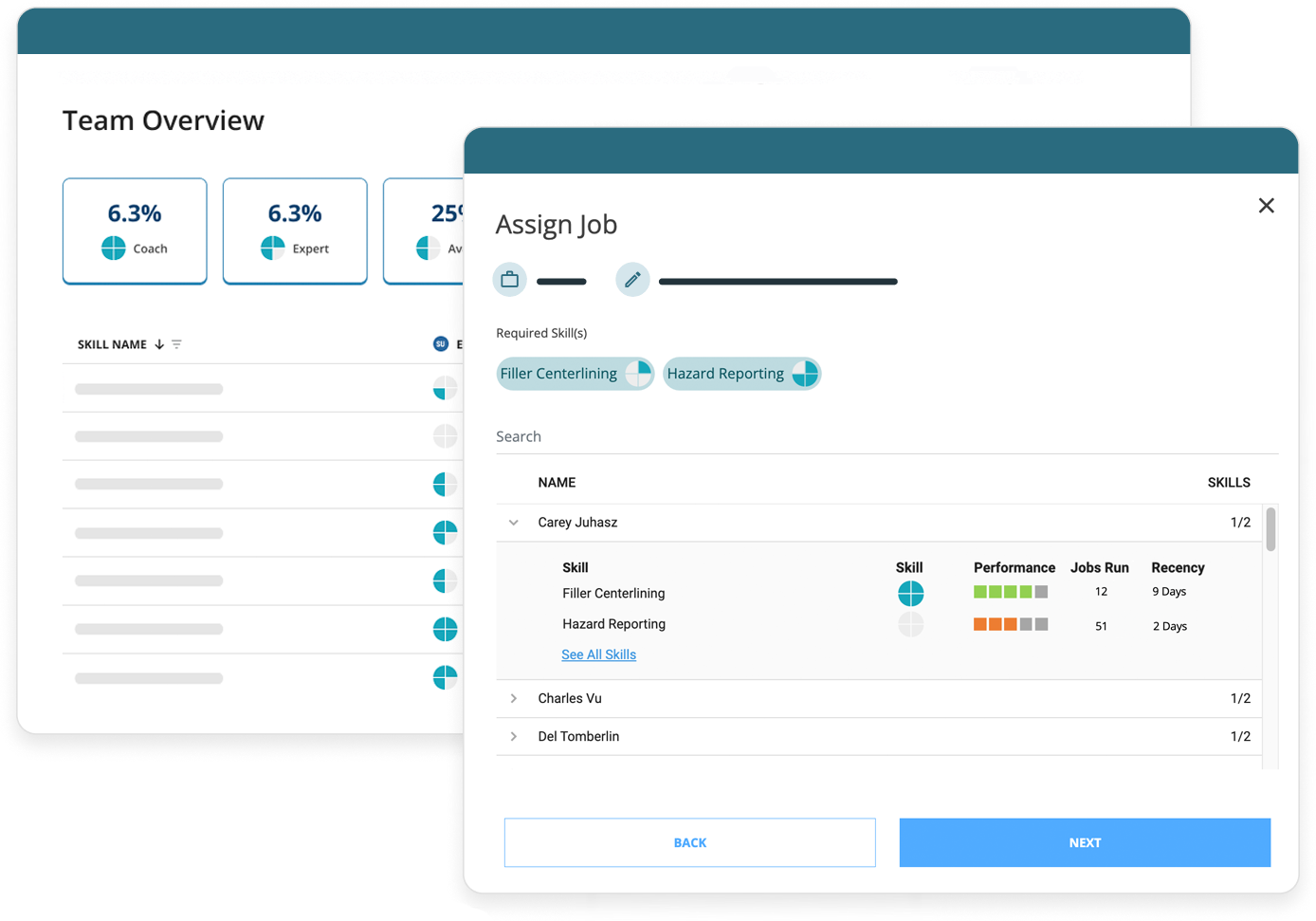
Find out how our software can make it easier to onboard new employees and set them up for success. Contact us today to arrange a demo.



